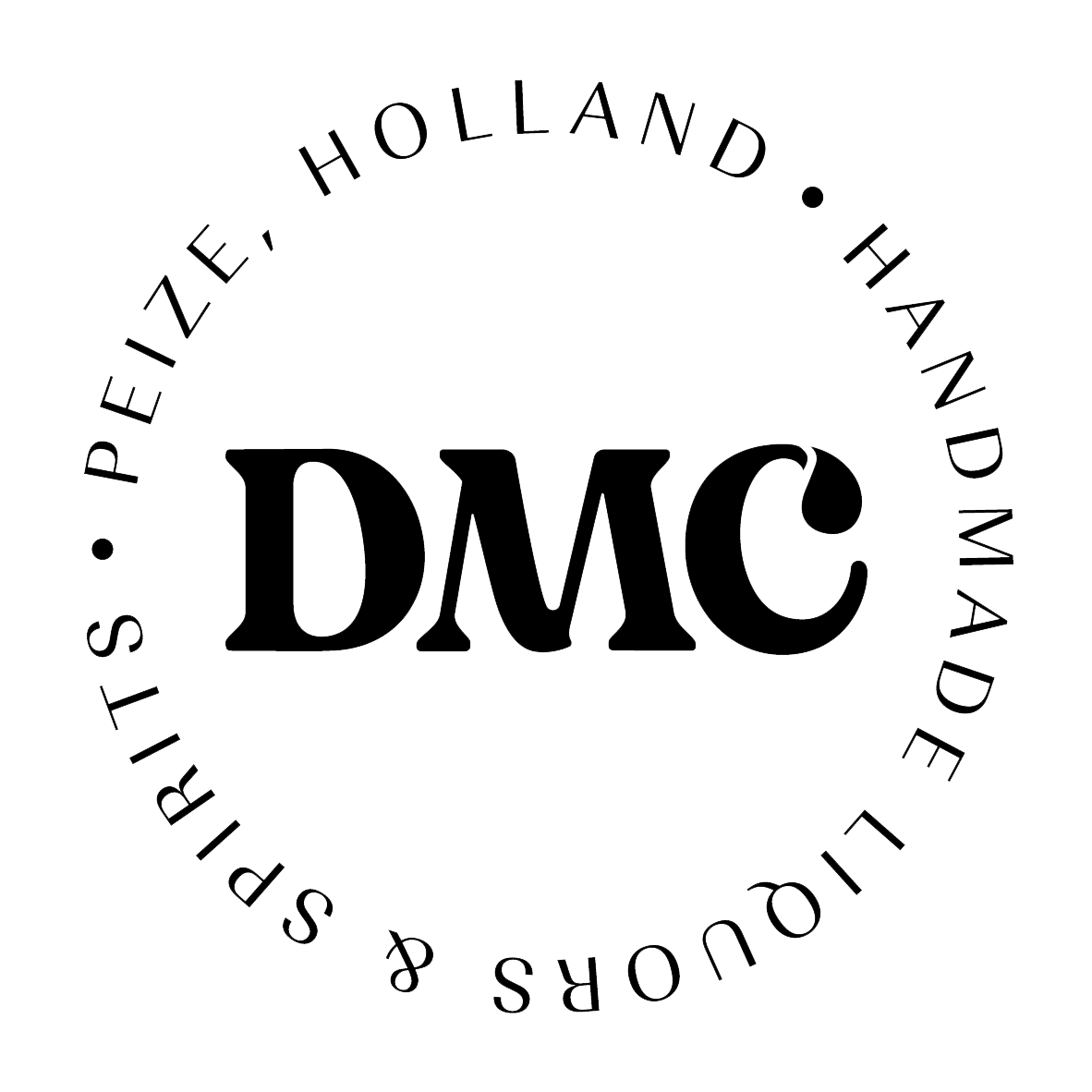Contents:
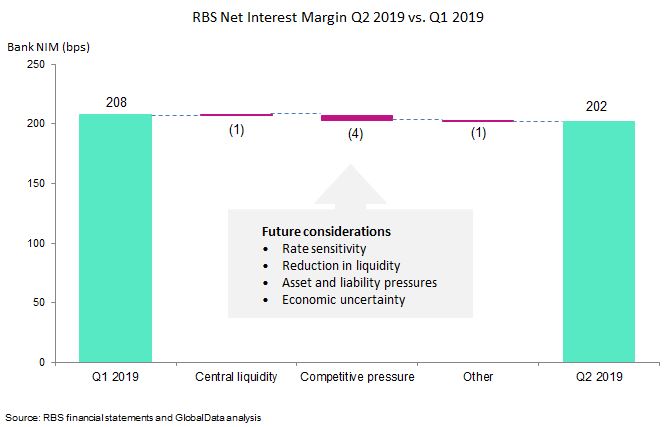
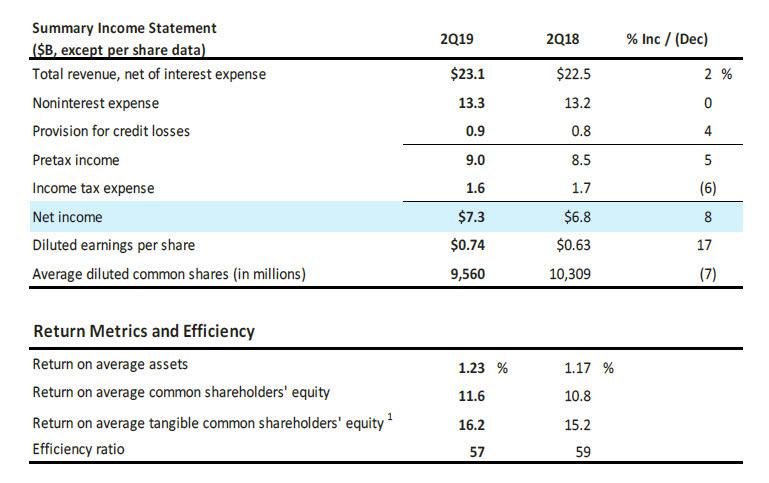
The co-efficient of correlation has been used very often to test the reliability. Through calculation of this statistics it has been sought to be asserted whether or not a test measures on two successive occasions the same type of thing. Correlation is very important in the field of Psychology and Education as a measure of relationship between test scores and other measures of performance. With the help of correlation, it is possible to have a correct idea of the working capacity of a person. With the help of it, it is also possible to have a knowledge of the various qualities of an individual. Correlation Covariance It is a measure of how closely two random variables are connected.
When each score of one or both variables are subtracted by a constant the value of coefficient of correlation r also remains unchanged. The degree of slope will indicate the degree of correlation. If the plotted points are scattered widely it will show absence of correlation. This method simply describes the ‘fact’ that correlation is positive or negative. The perfect positive correlation specifies that, for every unit increase in one variable, there is proportional increase in the other. For example “Heat” and “Temperature” have a perfect positive correlation.
CBSE Class 11 Economics Syllabus 2023-24: Class 11th Economics Syllabus Download PDF – Jagran Josh
CBSE Class 11 Economics Syllabus 2023-24: Class 11th Economics Syllabus Download PDF.
Posted: Tue, 18 Apr 2023 07:00:00 GMT [source]
When they meet a very kind person, their immediate assumption might be that the person is from a small town, despite the fact that kindness is not related to city population. Verywell Mind content is rigorously reviewed by a team of qualified and experienced fact checkers. Fact checkers review articles for factual accuracy, relevance, and timeliness. We rely on the most current and reputable sources, which are cited in the text and listed at the bottom of each article.
Compute the correlation between the two series of test scores by Rank Difference Method. Though quantitative measurements are available, ranks are substituted to reduce arithmetical labour. In many situations Ranking methods are used, where quantitative measurements are not available. They are free, or independent, of some characteristics of the population distribution.
Need for Correlation:
There are many different correlation coefficients that you can calculate. After removing any outliers, select a correlation coefficient that’s appropriate based on the general shape of the scatter plot pattern. Then you can perform a correlation analysis to find the correlation coefficient for your data. If the weight of an individual increases in proportion to increase in his height, the relation between this increase of height and weight is called as positive correlation. When it is + 1, then there is perfect positive correlation.
No correlation means that the two sets of data are not related at all. In other words, this means that one set of data does not increase or decrease with the other. No correlation is typically seen when the data points are very spread out as in Image 3. It should be noted that correlation does not necessarily mean causation. A correlation denotes that a change in one variable has some association with a change in the second variable . A causation denotes that a change in one variable is responsible for causing a change in the second variable .
The Randomized Dependence Coefficient is a computationally efficient, copula-based measure of dependence between multivariate random variables. RDC is invariant with respect to non-linear scalings of random variables, is capable of discovering a wide range of functional association patterns and takes value zero at independence. From a scatter plot, we can understand whether the correlation is positive or negative, linear or not, whether the data is tightly clustered, and if there is the presence or absence of any outliers. When there is no linear dependence or relationship between two variables, there is said to be no correlation. Assume two variables have no correlation; this means they do not appear to be statistically related.
Negative r values indicate a negative correlation, where the values of one variable tend to increase when the values of the other variable decrease. The coefficient of correlation is also being used in the test construction. Those relationships are all examined through the technique of correlation. The coefficient of correlation is used quite profitably in Prediction. In a number of studies it is used to predict the success one will achieve in his further educational careers.
It is unduly influenced by the extreme values of two variables. As the price of mango drops, the demand for mango increases. When the price of mango increases, the demand for mango decreases. The sale of ice cream increases as the temperature increases.
The closer your points are to this line, the higher the absolute value of the meaning and types of correlation coefficient and the stronger your linear correlation. There are many different guidelines for interpreting the correlation coefficient because findings can vary a lot between study fields. You can use the table below as a general guideline for interpreting correlation strength from the value of the correlation coefficient. Both variables are quantitative and normally distributed with no outliers, so you calculate a Pearson’s r correlation coefficient.
Other students also liked
Definitely these pairs will have the same ranks; known as Tied Ranks. The procedure of assigning the ranks to the repeated scores is somewhat different from the non-repeated scores. The following data give the scores of 10 students on two trials of test with a gap of 2 weeks in Trial I and Trial II. Take the II set of scores of column 3, and assign the rank 1 to highest score. In the second set the highest score is 10; hence obtain rank 1.
This question is answered by the magnitudes of the coefficient with various criteria. The Testbook platform is the one-stop solution for all your problems. Understand and prepare a smart and high-ranking strategy for the exam by downloading the Testbook App right now.
- The closer the coefficient is to either −1 or 1, the stronger the correlation between the variables.
- The size of ‘r’ is altered, when an investigator selects an extreme group of subjects in order to compare these groups with respect to certain behavior.
- This term is used when two variables do not change in the same ratio.
- As this phase is an important one, we are to mark carefully for the computation of dy for different c.i.’s of distribution X and dx for different c.i.’s of distribution -Y.
- The data in Image 1 has a positive correlation because as years of education increases, so does income.
- In simple words, correlation is said to be linear if the ratio of change is constant.
Correlation analysis studies the relationship or connection between two or more variables. Two variables are said to be correlated if they differ in such a way that changes in one variable accompany changes in the other. Correlation is not and cannot be taken to imply causation. Even if there is a very strong association between two variables, we cannot assume that one causes the other. A correlation identifies variables and looks for a relationship between them. An experiment tests the effect that an independent variable has upon a dependent variable but a correlation looks for a relationship between two variables.
Spearman’s rank correlation coefficient formula
Linear correlation is a measure of the degree to which two variables vary together, or a measure of the intensity of the association between two variables. In simple words, correlation is said to be linear if the ratio of change is constant. A rank correlation is any of several statistics that measure an ordinal association, the relationship between rankings of different variables or different rankings of the same variable.
But if your data do not meet all assumptions for this test, you’ll need to use a non-parametric test instead. You can choose from many different correlation coefficients based on the linearity of the relationship, the level of measurement of your variables, and the distribution of your data. The correlation coefficient tells you how closely your data fit on a line. If you have a linear relationship, you’ll draw a straight line of best fit that takes all of your data points into account on a scatter plot. A correlation is a statistical measure of the relationship between two variables.
This property reveals that if we divide or multiply all the values of X and Y, it will not affect the coefficient of correlation. Correlation coefficient gives us, a quantitative determination of the degree of relationship between two variables X and Y, not information as to the nature of association between the two variables. Causation implies an invariable sequence— A always leads to B, whereas correlation is simply a measure of mutual association between two variables.
In a simpler form, the formula divides the covariance between the variables by the product of their standard deviations. Once we’ve obtained a significant correlation, we can also look at its strength. A perfect positive correlation has a value of 1, and a perfect negative correlation has a value of -1. But in the real world, we would never expect to see a perfect correlation unless one variable is actually a proxy measure for the other. In fact, seeing a perfect correlation number can alert you to an error in your data!
Correlation
Although in the broadest sense, “correlation” may indicate any type of association, in statistics it usually refers to the degree to which a pair of variables are linearly related. The ranking is considered a better alternative to quantify these attributes. If we want to study the relationship between two attributes, rank correlation is better than simple correlation. Spearman’s rank correlation assesses the strength and direction of the relationship between two ranked variables. It essentially measures the monotonicity of a relationship between two variables.
Such a relationship between the two variables is termed as the curvilinear correlation. If, on the other hand, the increase in one variable results in a corresponding decrease in the other variable , the correlation is said to be negative correlation. Co-efficient of correlation is a numerical index that tells us to what extent the two variables are related and to what extent the variations in one variable changes with the variations in the other. The co-efficient of correlation is always symbolized either by r or ρ . If the change in one variable appears to be accompanied by a change in the other variable, the two variables are said to be correlated and this interdependence is called correlation or covariation.
Could the Internet Actually Be Good for Your Brain? – Yahoo News
Could the Internet Actually Be Good for Your Brain?.
Posted: Thu, 04 May 2023 19:29:00 GMT [source]
Are jointly normal, uncorrelatedness is equivalent to independence. It means that on the average, if fathers are tall then sons will probably tall and if fathers are short, probably sons may be short. Observe that there is a positive relationship between them. The correlation is weak if the scatter points are widely dispersed around the line. If all of the points are on a straight line, the correlation is perfect and is referred to as unity.
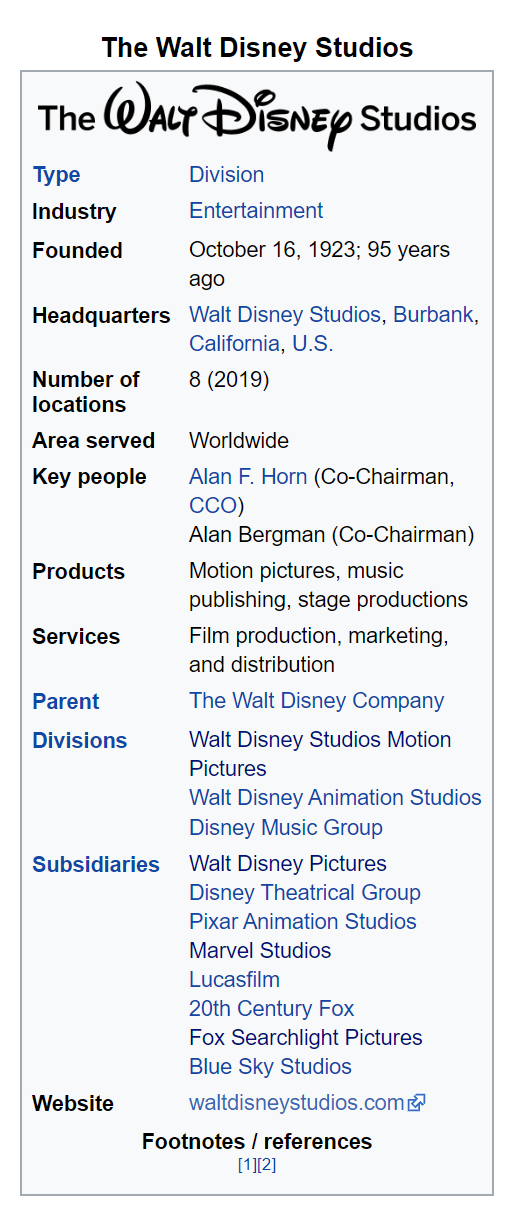
Importantly, correlation does not necessarily mean causation. This is because a correlation describes how two or more variables are related, and not whether they cause changes in one another. Similarly, dispersion is the extent to which values in a distribution differ from the centre. The measures of dispersion are range, quartiles, average deviation, and standard deviation.
